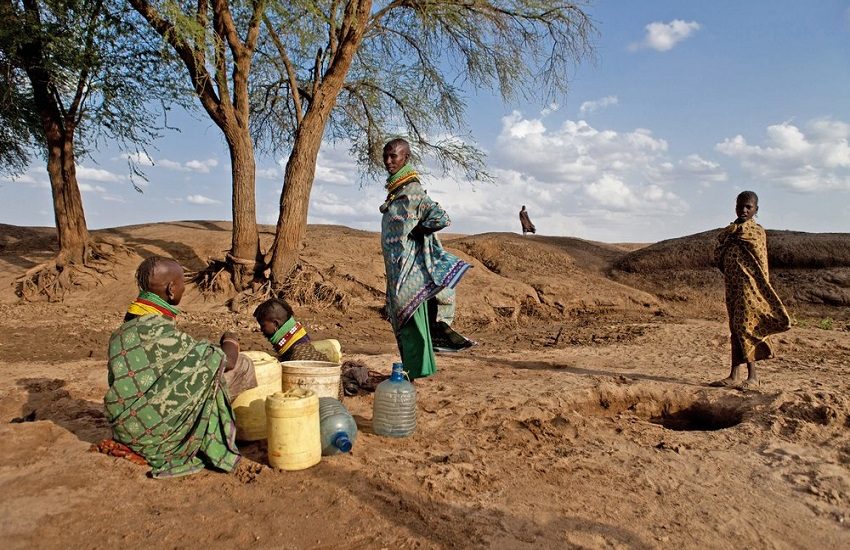- February 24, 2022
- Posted by: humanitarianweb
- Category: Humanitarian News

Across the eastern Horn of Africa, an estimated 13 million people are faced with acute food insecurity and severe water shortages due to drought. Following three consecutive poor rainy seasons, millions of families’ harvests have failed, and millions of their livestock are emaciated or dead.
As of January 2022, the most severely affected regions are the southern and south-eastern pastoral areas of Ethiopia, the Arid and Semi-Arid (ASAL) regions of Kenya, and large swathes of south-central Somalia. Moreover, current meteorological forecasts indicate the region will experience warmer than normal temperatures over the January-March 2022 dry season. Should this forecast materialise, it will likely drive even higher food insecurity across the three countries.
Complicating food insecurity, the ongoing drought is compounding the impacts of multiple shocks. Drought is affecting areas of the Horn of Africa which over the past year have also been impacted by conflict, flash flooding, abnormally high food prices, desert locust infestations and/or the socio-economic implications of the COVID-19 pandemic. The frequent and often overlapping presence of shocks makes it harder and harder for families to recover and build resilience.
To meet the needs of drought-affected communities, WFP will ensure that immediate lifesaving responses are complemented by resilience-building approaches. This complementarity ensures that recovery from the drought is sustained.
WFP will also collaborate closely with partners including governments, NGOs, donors, UN agencies, the private sector, and drought-affected communities themselves to address simultaneously and in a coordinated fashion the multiple needs of affected communities. Only by addressing the multiple needs of boys, girls, men and women can the impacts of drought be effectively mitigated.
This document provides an overview of WFP’s regional response to the drought and accompanying financial requirements over the coming six-months. WFP is urgently calling for USD 327 million to avert another major humanitarian crisis in the Horn of Africa and support almost 4.5 million people affected by the drought.
These requirements are in line with the 2022 Somalia and Ethiopia Humanitarian Response Plans (HRP), as well as the Kenya Drought Flash Appeal, issued in September 2021 and extended until March 2022. Due to the urgent and widespread needs, it is imperative that the humanitarian community respond immediately and at scale while donors provide early, flexible, and un-earmarked funds on a ‘no regrets’ basis. This rapid scale-up of assistance builds on the lessons of the 2011, 2017 and 2019 droughts, recognising the importance of early action.
By front-loading relief in the first part of the year, more efficient use of resources can help prevent what may otherwise become a costly response later in 2022. Responding now will prevent the depletion of productive assets, the dramatic worsening of food security outcomes, and escalating levels of acute malnutrition.
Comments are closed.
